The sudden fencing off of Turbo Island has got the rumour mill grinding, and the usual reactionaries mouthing off, but what’s actually going on?
After months of rumours of all kinds, from spoof planning applications to talk of fencing it all off, we were pleased to be asked by a local councillor to attend a meeting about it’s future, and invite other interested parties. The owners (presumably Wildstone, rather than the current renters of the billboard- advertising giant Global) were going be there, and we’d try and come up with a solution which the many different communities who use and are affected by Turbo Island could agree on. Despite their continued claims to be “engaging with the local community and businesses” this has come to nothing – as far as we know the meeting never happened. It’s hardly surprising that there has been some guerrilla resistance in the face of this unilateral action, in the form of the fences being repeatedly torn down, and somewhat tokenistic fires being started amidst the works.
As far as we can make out, the owners were issued a Community Protection Order about the increased anti-social behaviour, and the current works are a seeking to respond to this. Talking to the workers on site, they’re making one tarmac slope with bike racks and one of those nasty benches designed so you can’t sit on it. Searching the planning portal there are no planning applications from the last couple of years which say anything about Turbo Island, and no statements that we’ve seen about any intention to put anything beyond the bike racks and “bench” on it.
At the start of the works our Mayor Marvin tweeted “we welcome the landowner taking action to prevent anti-social behaviour at this spot.” As if a slick of tarmac is going to have any impact on the problems, or in any way soothe the deep social ills which increased street dealing and addiction are symptoms of. Arguably the current controversy about Turbo is at least partially the result of similar actions being taken in the Bearpit, where a superficial aesthetic veneer was part of a drive to push out people who the council and (some) local business etc don’t want to be such a visible part of our city.
It’s unsurprising that, as the fires on Turbo have become more frequent and larger (recently catching the billboard itself, after a stack of sofas was set ablaze), there have been calls for some kind of action. Recent changes to the patterns of street dealing have seen increased anti-social behaviour- from drug-taking, to fights and threats to the passing public, but suggesting that the current works will affect much beyond the ash blowing over the street seems like wishful thinking.
The general tone of language used by many when talking about the various people who hang out on Turbo Island betrays a disregard for anyone not part of respectable city life. This is often evident in statements from the authorities and those “respectable” elements. As we’ve acknowledged, there are some nasty dealers in the area recently, but there are people who come to hang out on Turbo Island who have been a part of the fabric of the local community for decades in one way or another. To make the our streets more than clean thoroughfares for commuters means having some form of life and culture and activity on the streets, and locals know the friendly faces and will stop for a chat. Dismissing anyone who hangs out in public spaces as some kind of undesirable undermines community cohesion and demonises some of the most vulnerable members of society.
It’s fallen to the music press (and a few local social media accounts) to present any positive interpretation of Turbo, it’s history, and it’s significance. Mixmag quoted the ‘Best of Bristol’ Instagram in their headline: “It’s like tearing down Stonehenge.” Whilst this is obviously a slight exaggeration, they refer to the history of unofficial parties, describing Turbo as “one of Bristol’s oldest rave locations.”
When the fences come down it’s going to be different, but we can still shape that. We can repair the graffiti wall, and if there’s appetite re-paint the mural. Maybe we can put in planters? Actual benches? What do you think? What can we as a community do more about the deeper issues?

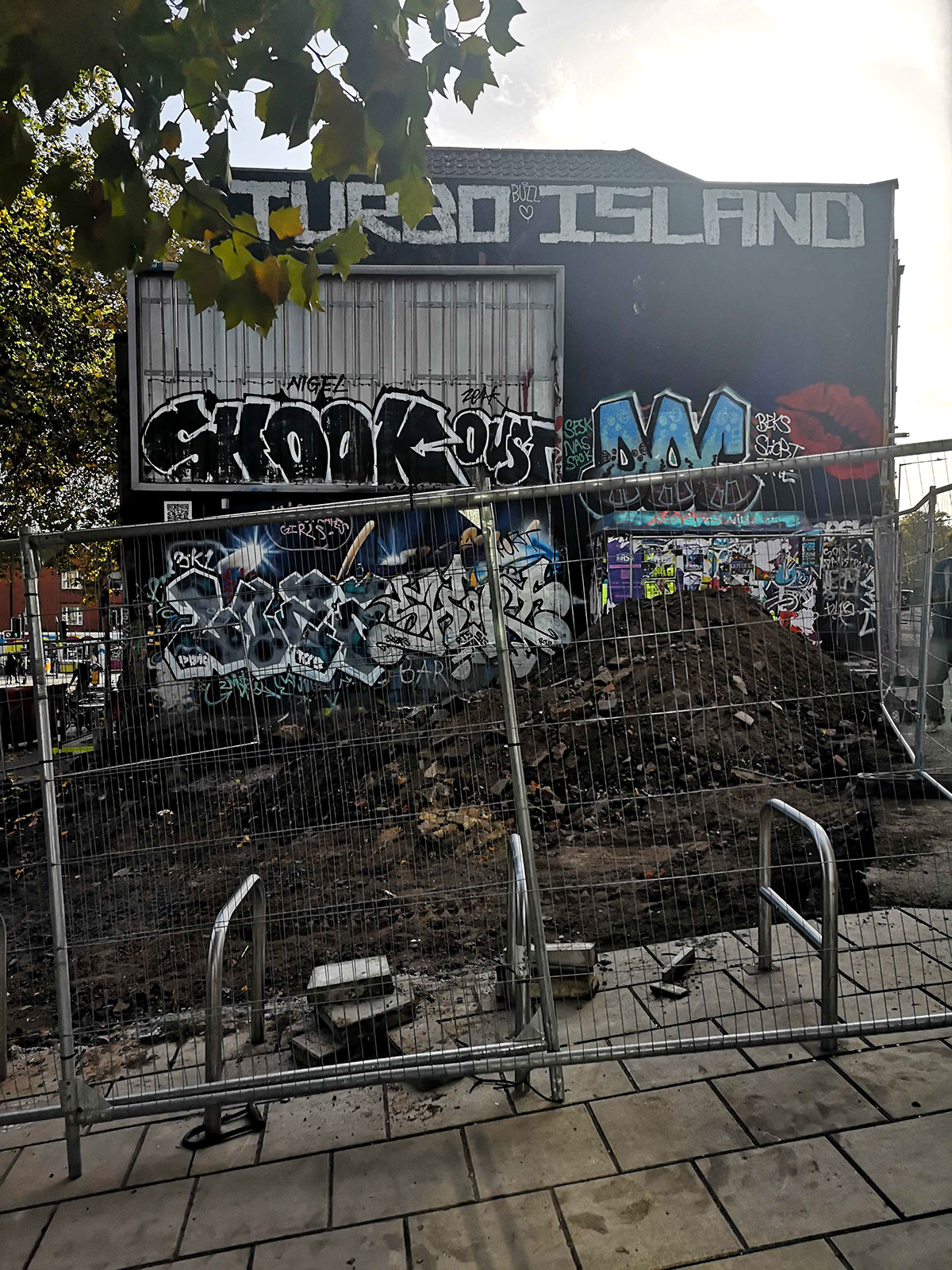
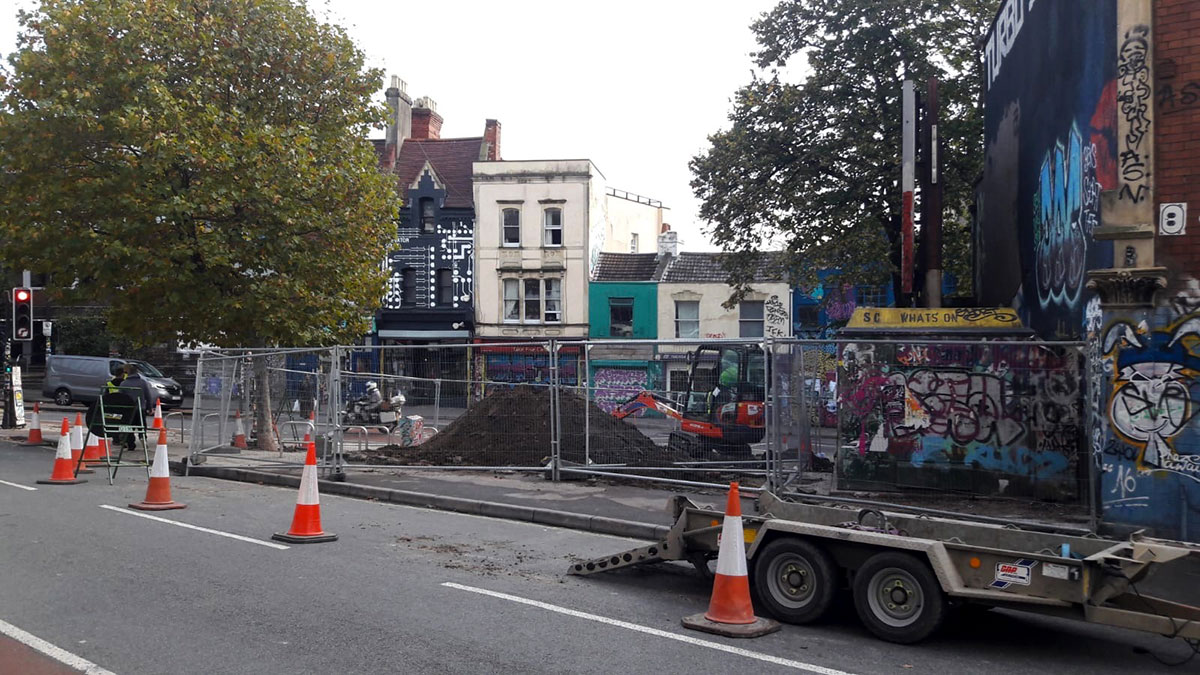
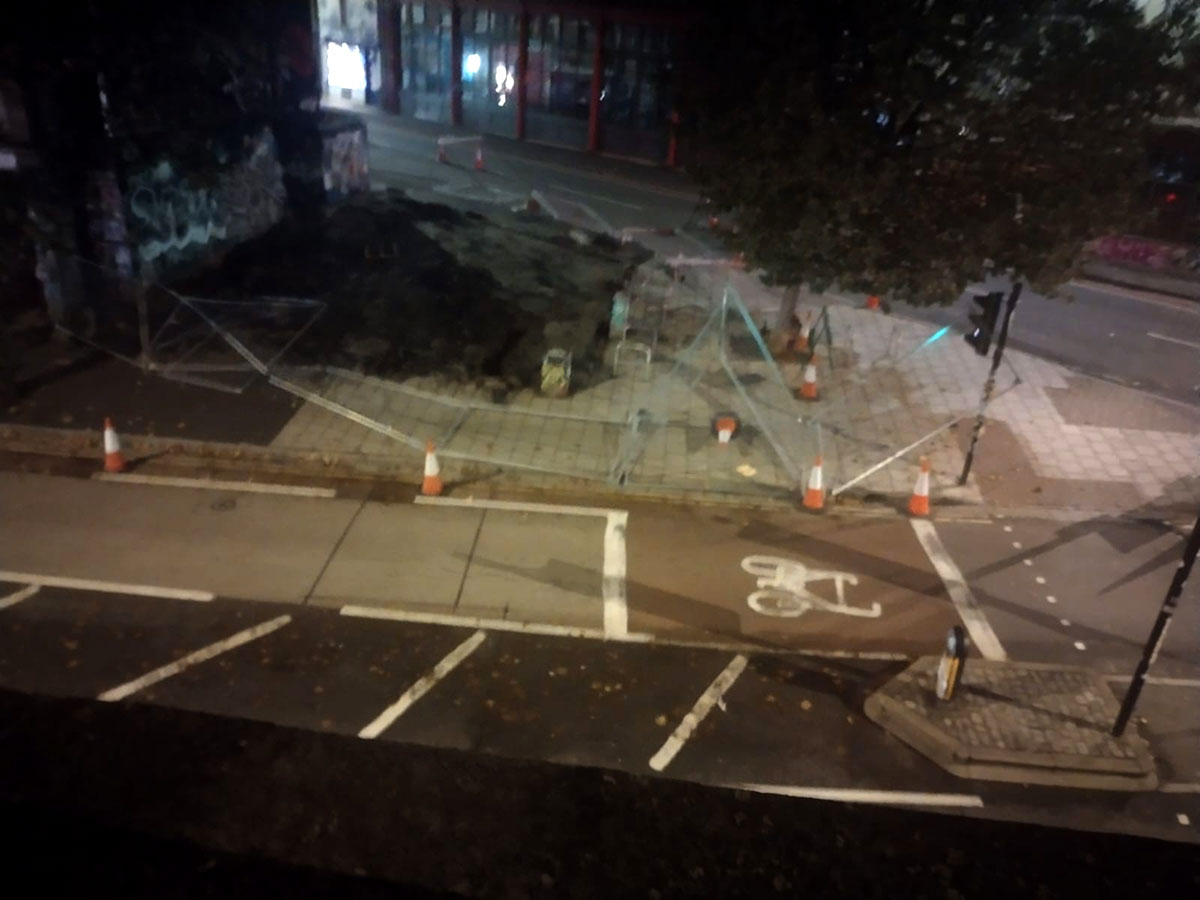
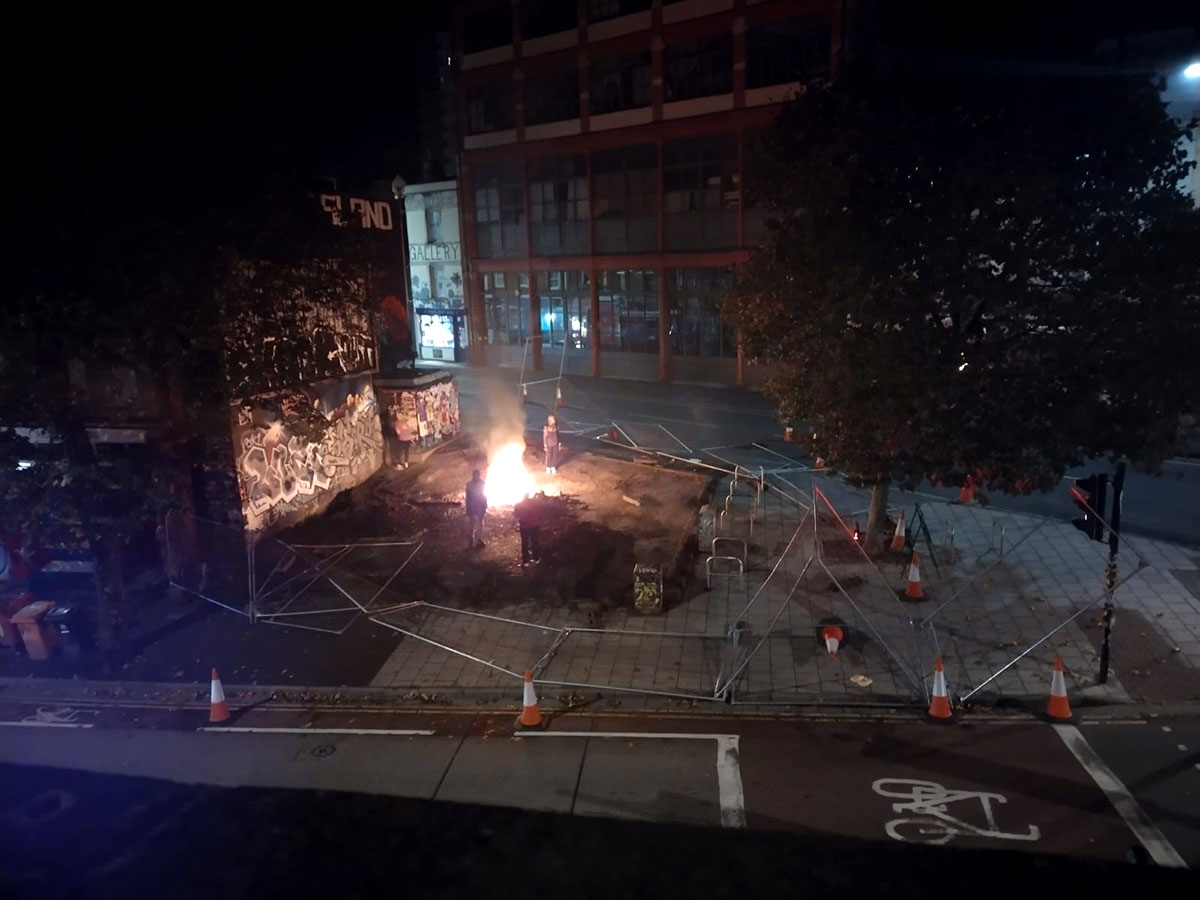

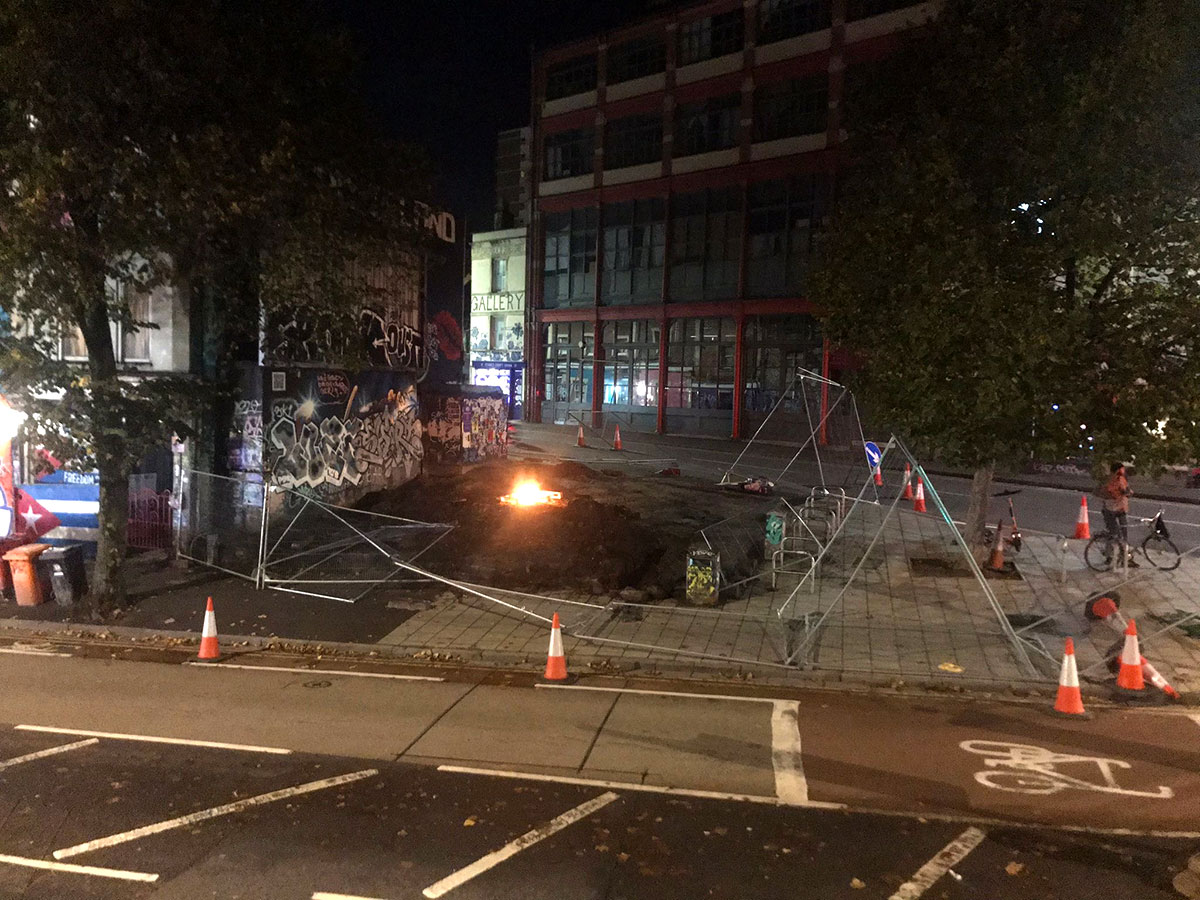
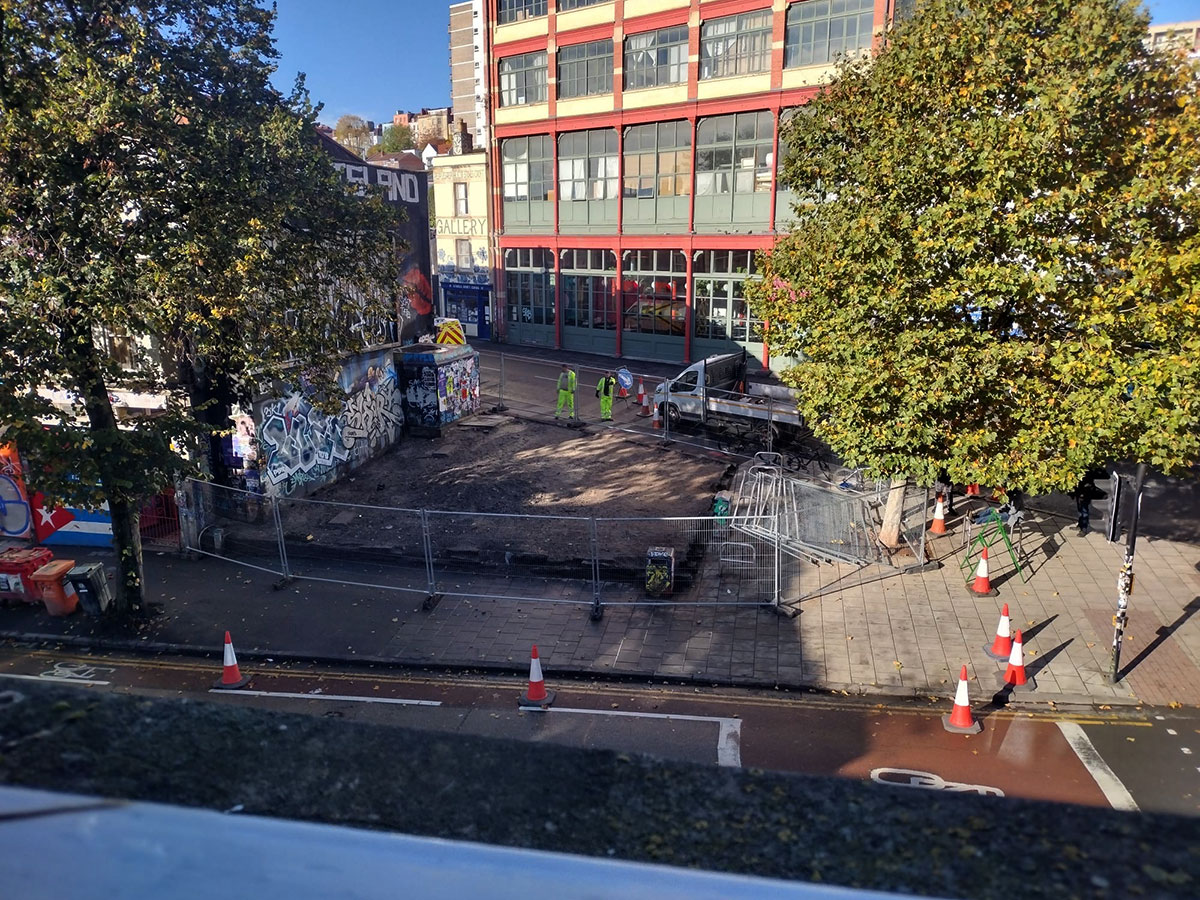
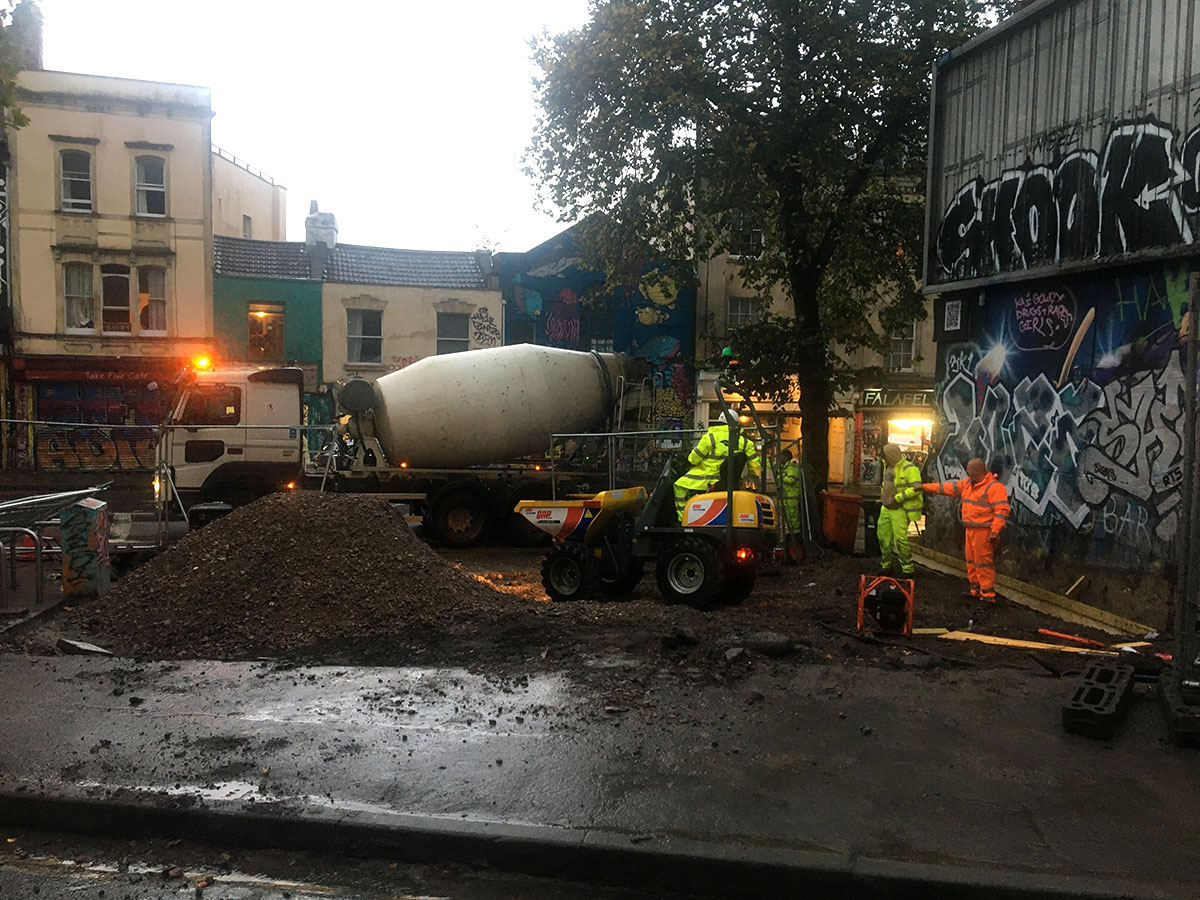
Dont understand why the wire fences aren’t covered with hardwood to enable local ‘artists’ to decorate the surfaces.
Seems an obvious solution
They did a tarmac slope on a travellers site in Barcelona to stop them parking up on it. It was another example of gentrification and removal of ‘undesirables’.
Bristol is unconventional.
This makes the city attractive. Including for Big Money. Unfortunately Big Money has no big memory : while the city becomes gentrified, the reasons for it get erased. Those who contributed to it get thrown out.
Turbo Island is an asset. Turbo Island is a social window. Turbo Island is mentioned is tourist guides. This place is good for you, for me. It is good because it disturbs. Just like the Bear Pit was.
So sad that the people who run Bristol don’t understand this.
I’ve had a regular there talk to me of the gentrification of Turbo explicitly in terms of removing even a hint of space travellers might use- him coming from a traveller background. It’s a wider narative, but as we see with the PCSC Bill (and it’s later iterations) authorities use the same tools to squash multiple groups at once…
Turbo Island is like the shadow side; the darker mirror of those who pass by from this place to that, back and forth, sometimes noticed by those who sit with special brew in hand & sometimes ignored, but all the while present. We all have to be somewhere. And why not stationary? Buddha would agree. Yes, it seems perplexing to attempt to erase an ‘uncomfortable’ space/’problem area’/reality with concrete. Plants are the way forward. And /or fungi?